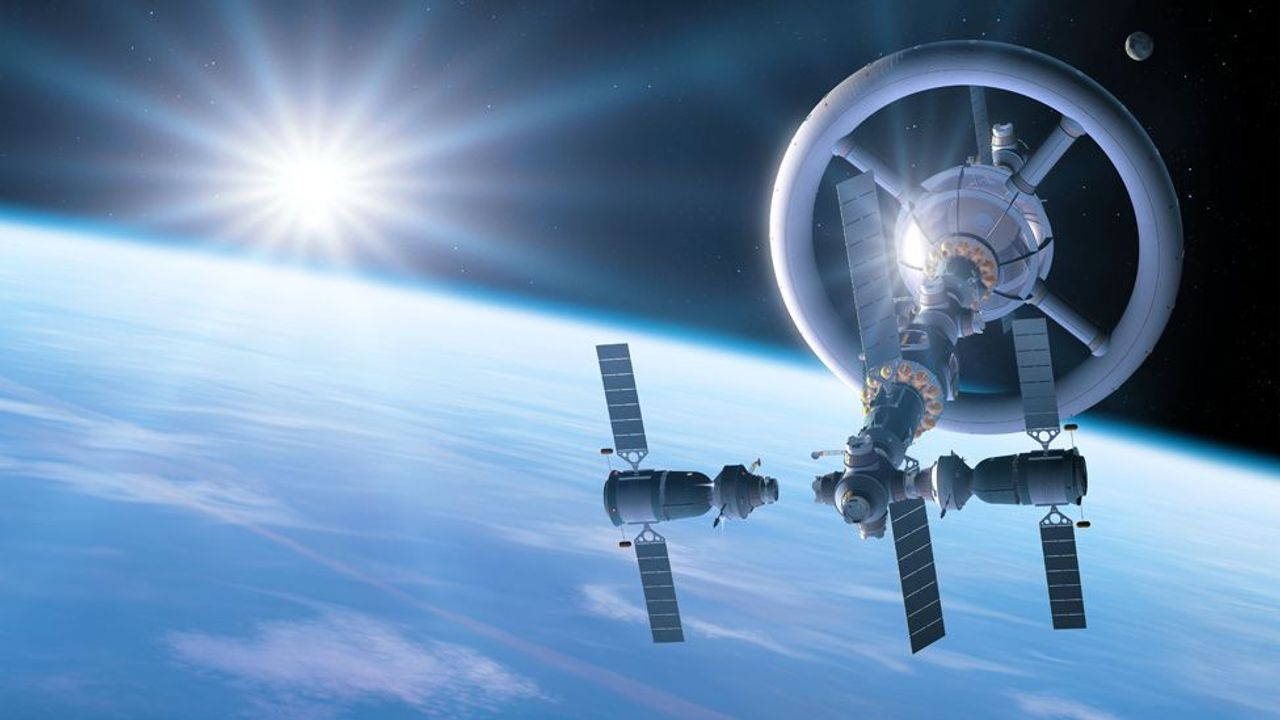On costs you're quoting for the RLA I'm not sure what millions of rouble would translate to in modern money.
In OTL's 1974, the rouble in January of that year was worth 1/3rd of a USD when buying Swedish goods and services. I had thought that the Soviet Union kept the value of the rouble above the USD for bragging rights and assumed that would be the same in TTL as well, so my estimate of "a couple million roubles" for a RLA first stage was off.
If the Americans were manufacturing the RLA cores, I would expect their price to be in the ballpark of what they could make Saturn 1B stages for. The Bellcomm memorandum "Near Term Intermediate Vehicle: Low Cost SIVB Stages" from March 18, 1969 puts the price on the S-1B stage as 3.71-4.33 million 1969 USD depending on number ordered. In 2024 dollars that would be 31.8-37.11 million USD. Note that the first stage was the cheapest part of the rocket (as is usual for rockets) and the total cost of a Saturn IB was given as 15.88-18 million 1969USD, which would be 136.1-154.27 million 2024USD. Comparing that to the Falcon 9, which has a similar payload, in 2018 NASA was paying 140 million 2018USD (175.37 2024USD) and in 2022 the list price of getting a Falcon 9 (which is never what SpaceX actually charges, but list prices never include all the custom work that needs to be done adapting a rocket to a specific payload so they are quite normal in this respect) was 97 million 2022USD (104.25 million 2024USD).
Note that all of these numbers come with a host of caveats and disclaimers - for example, the Bellcomm numbers are assuming production lots of 30 vehicles at 6/year or 95 vehicles at 15/year. The actual Saturn IB had 14 examples made, total, meaning its actual cost was higher than the theoretical costs that could be achieved with the longer production runs that Bellcomm was assuming. Also, I calculated the 2024 prices using general inflation statistics, these are an average of the inflation and deflation across a basket of products weighted by importance. Since most people do not buy things like rockets or other high end aerospace products often, aerospace sector price inflation has a low weight when calculating national inflation numbers. Finally, rocket prices are never apples to apples. As I hinted above, launch providers often list misleading prices. For example, when the USAF was trying to drive NASA out of the launch business, they would routinely report misleading prices for their launch vehicles, and today SpaceX has for years made misleading claims about the prices of the Falcon 9.
These aren't lies as such, but rather, reflections that the cost of a piece of a rocket when it rolls off of an assembly line, and the cost of that same piece of rocket after it has been transported, stored, validated, assembled and rolled out to the launch pad are very different and there is not standard part of a component's life cycle at which to assess its price for comparative terms, and some costs may be charged for at different points of the life-cycle by different companies (for example, because SpaceX does more in-house, the profit for the people who who made the engines comes when a launch is bought from the company, whereas with most rockets, the people who made the engines are usually a sub-contractor whose profit comes when the component is delivered to the company who assembles the rocket).
Now that we have some grounding in rocket costs... I would expect that the cost for us to manufacture RLA first stages is less than what the Americans could make the same stage for, there's two major reasons for this: firstly, we invested heavily early on in the RLA program in making a large factory for RLA production and we are reportedly producing them as fast as we can (we've been told several times that we are making them pretty much flat out) so we have economies of scale that are being fully used and are racking up considerable worker experience in producing these things. Secondly, our wages are lower than American wages, and most of the cost of rockets is labour costs.
I would not be surprised if we were making RLAs for 40-60% of the cost of a Saturn 1B stage.
In any case, I'm dubious flying even a very large supersonic plane once would cost tens of millions a flight, millions I could certainly easily see though maybe even ten million. But that would as such in my opinion be competitive against the likes of the RLA for sure by quite the margin.
10 million USD in 2024 dollars?
Regards,
fasquardon






